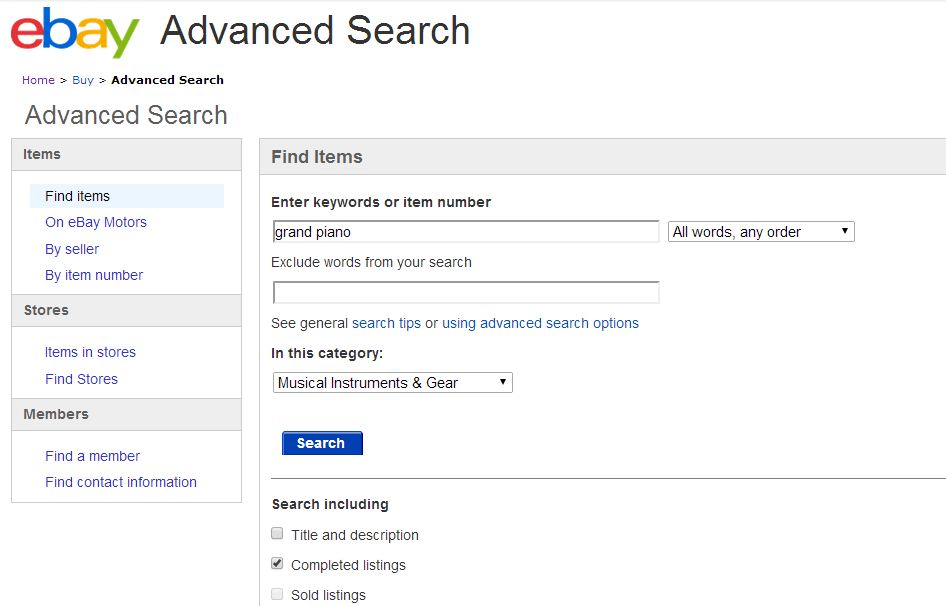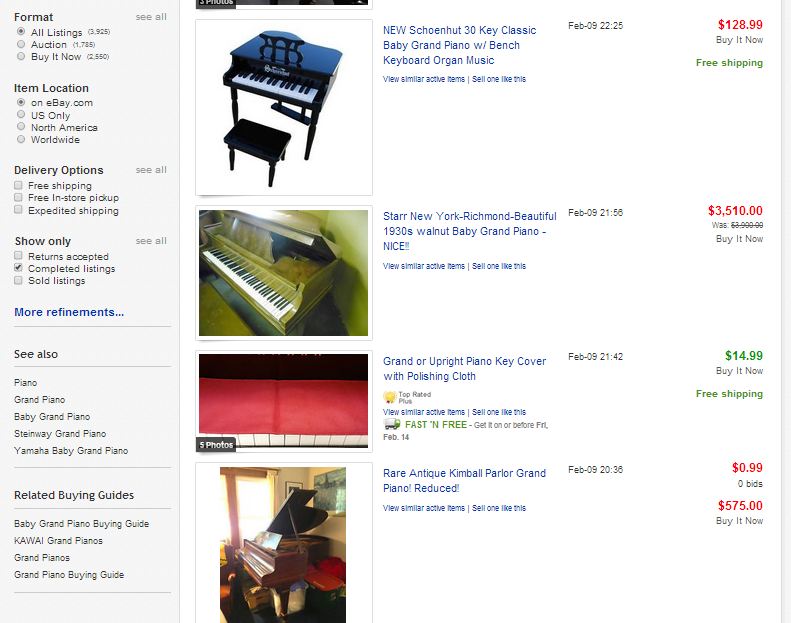- Our Products
Not sure what product? Compare them here
- Pricing
- Success Stories
- About Us
- Login
- Get Started Now
Everyone remembers the first thing they learned in high school economics right? You know, the old supply-and-demand curve? Supply and demand is a relatively simple economic principle that states the price for a given product is determined by the number of products available (the supply) and that value is inversely proportional to the public's desire for that item (the demand). In other words, scarcity of a product or commodity will increase the price of said item as well as the demand, whereas an overabundance of said product/commodity will reduce both the price and the demand.
Understanding this basic principle can be incredibly helpful in determining how profitable selling your specific products online actually ends up being. In fact, a comprehensive grasp of the way supply and demand works is an important cornerstone of effective market research.
Today, I'll teach you how to determine the supply and demand of a given product, which will in turn allow you to estimate that product's profitability.
The first thing you need to understand is that market research begins and ends with knowing and providing for what your customer most desires. Determining public demand is therefore pivotal to finding your product's overall profitability.
Let's examine the differing methods for ascertaining public demand in different formats.
You can estimate public demand on eBay by using the "completed listings" setting in the advanced search options. Just follow these simple steps:


There are two important points to consider when estimating the demand for a product you are selling on your own ecommerce site:
Traffic Travis is an excellent tool to help you find out both pieces of information. Conveniently, this software is available in the form of a free download. Once you've downloaded the program, you can follow these simple steps to determine both the market demand for your product and the efficacy of your website's Search Engine Optimization strategy:
This will show you the average global and national monthly search volumes for your chosen terms as well as a list of related keywords that you may choose to optimize your website with in order to boost organic search traffic.
If your product has more than 10,000 monthly searches you can be assured that market demand is decently high. However, you should be aware that not every searcher is looking to purchase said product. They may only be looking for information about it.
There are a few methods for seeking out the overall supply of products in the market.
You can Google search your products and count the number of paid advertisements that appear at the top and on the right side of your results page. This is a good indicator of both competition and overall supply.
You can also conduct a more precise search of your products on eBay. Use exact keyword and filters to refine your search and eliminate irrelevant listings. The number of listings in the results is essentially your market's supply.
The SaleHoo Research Lab (SRL) is a resource only available to members of the SaleHoo Directory, but it is an invaluable tool that I've put in place to help members better understand their niche markets.
To utilize the SRL for this purpose, you can enter in the keywords that best describe your product and click "Analyze." The analysis of your keywords will result in informative metrics concerning your product, such as:
Try to look for a sell-through rate of 60 percent or higher. This is indicative of balanced supply and demand within your chosen market.
Now it's time to take all of what you've learned and put it together in order to find out how profitable your intended products can be to sell.
In order to determine profitability, you must first calculate your total costs, including the following:
Once you've calculated your costs, subtract that total from the average selling price of your item. Recall that you can get the average selling price of an item from SRL or from completed eBay listings.
The resulting difference is your product's profitability.
For example, if you wanted to sell a snow shovel on eBay, you would have to pay:
The sum of your costs: $23.07
Subtract that from the average selling price of a snow shovel: $51.50
Your estimated total profit from each sale: $28.43
Yikes! That's nearly half your sale in overhead. You might want to charge your customers for shipping.
Despite it being such a simple concept at first glance, supply and demand can be pretty complicated to fully comprehend in real world applications. If you follow these guidelines, however, you'll be able to determine the profitability of your chosen products through in-depth research and good old-fashioned hard work.
Make your research tasks fast and easy with the SaleHoo Market Research Lab. Get instant access to the Research Lab when you join SaleHoo.
Get instant access to the Research Lab when you join SaleHoo
